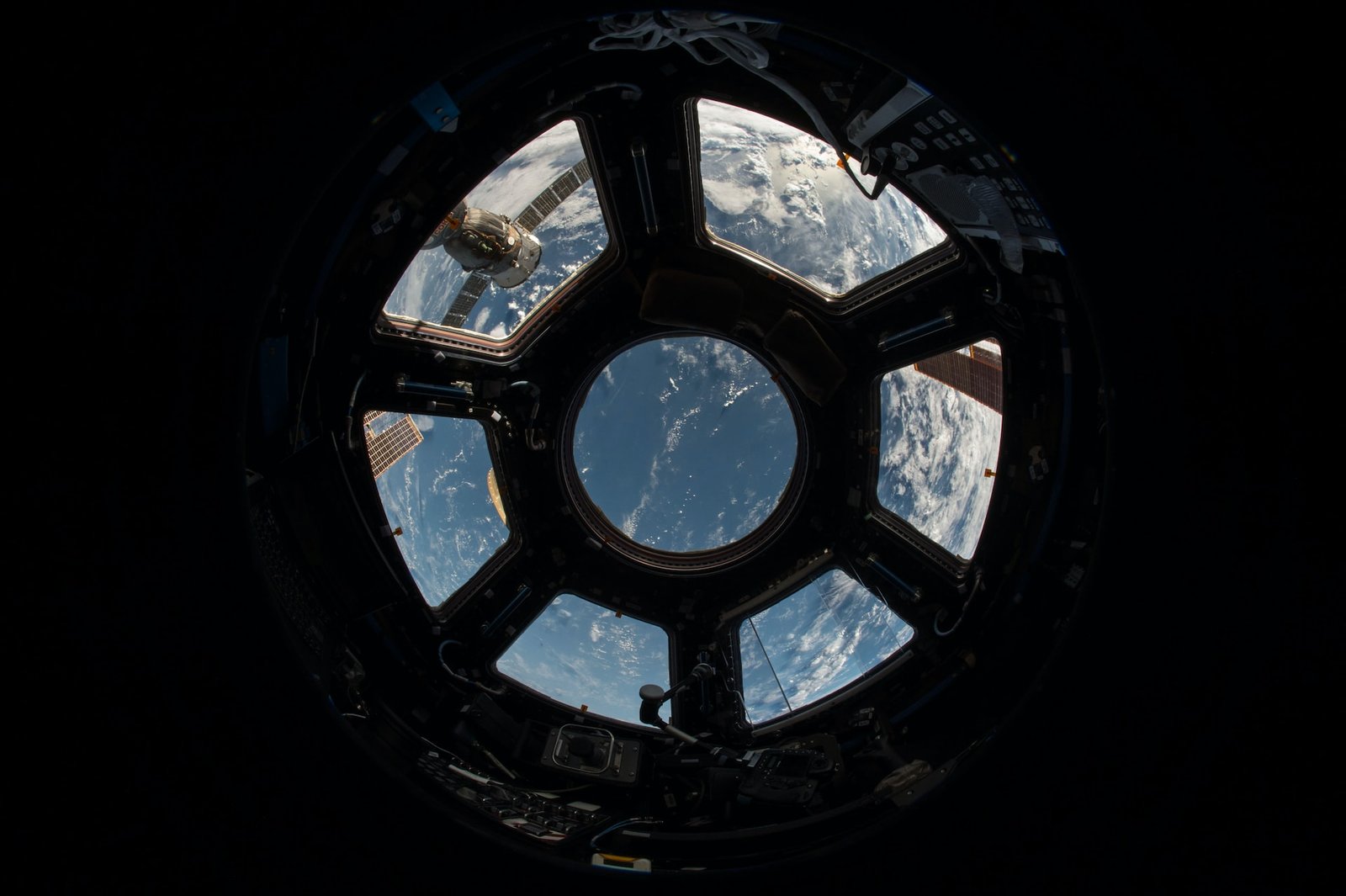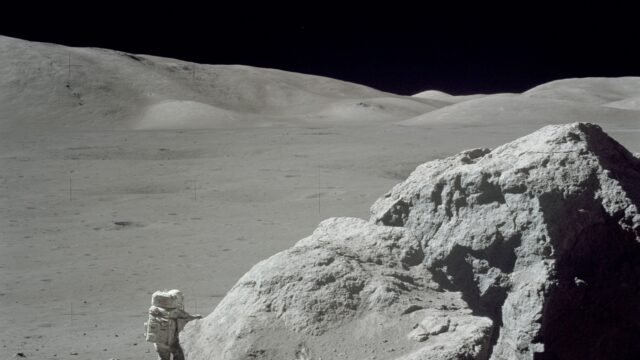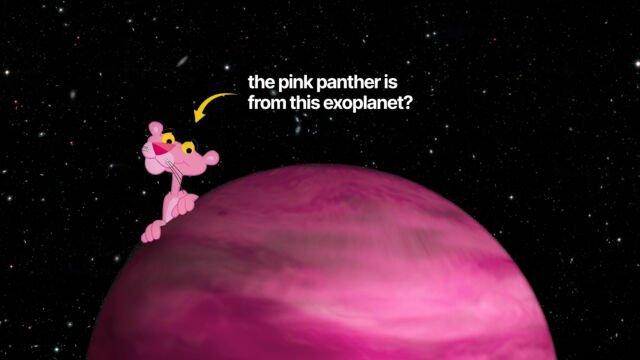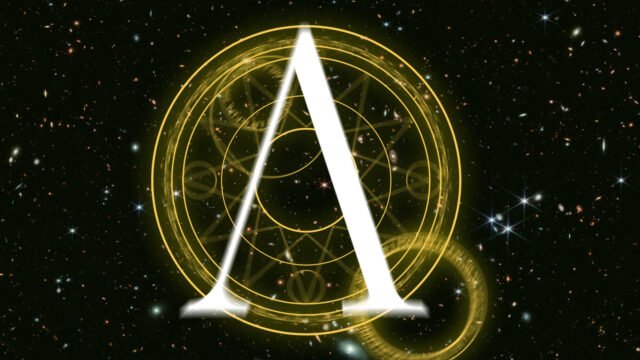The human space program will fully transition to a space industry supported not by tax dollars, but by Space Tourism and anything else people dream of doing in space
Neil DeGrasse Tyson on the Joe Rogan Experience.
Space Tourism or Commercial Space Flights are trips taken to space by private individuals and civilians who are not astronauts of any government space agency.
Space Tourism is divided into 3 categories:
- Sub-orbital space tourism
- Orbital space tourism and
- Beyond Earth Orbit Tourism
Suborbital Space Tourism
Suborbital Flights do not reach escape velocity i.e. approx 40,270 kilometers per hour (25,022 Miles per hour).
The spacecraft reaches outer space but its trajectory remains intersects the atmosphere of Earth, hence it will not complete one revolution around the Earth.
An example of Suborbital Spaceflight is the famous 2021 Blue Origin NS-16, which was Blue Origin’s first-ever crewed mission that carried the company’s CEO Jeff Bezos, his brother Mark Bezos, 83-year-old former air safety investigator Wally Funk, and the first teenager to go to space, Oliver Daemen.
Orbital Space Tourism
In Orbital Space Flights, the spacecraft reaches the orbital velocity which allows it to orbit around the body from which it was launched.
Orbital velocity is the minimum velocity at which a body revolves around the other body
The orbital velocity for a body launching from the Earth is around 6.5–8.2 km/s.
The most recent orbital space tour was on April 8, 2022, when SpaceX launched Axiom Mission 1 (Ax-1) for Axiom Space.
The Mission sent three space tourists and retired NASA astronaut Michael López-Alegría to the International Space Station on a Crew Dragon spacecraft.
Ax-1 was the first mission to send multiple space tourists to the ISS.
Beyond Earth Orbit Tourism
Beyond Earth Orbit Tourism is defined as a type of spaceflight where tourists go beyond the orbit of the Earth.
So far, there haven’t been any beyond-earth space trips. However, Elon Musk’s SpaceX is partnering with Yusaku Maezawa, a Japanese Billionaire for the #dearMoon project.
Circumlunar: “moving or situated around the moon”
The 47-year-Old Japanese Entrepreneur Yusaku Maezawa along with American DJ Steve Aoki, Indian Actor Dev Joshi, Youtuber Everyday Astronaut, and 6 others will be heading on a mission to the moon, the project has been dubbed “dearMoon”.
The 9-member crew will launch from the SpaceX Starship spacecraft and the launch date of this historical mission is yet to be announced.
History of Space Travel and Space Tourism
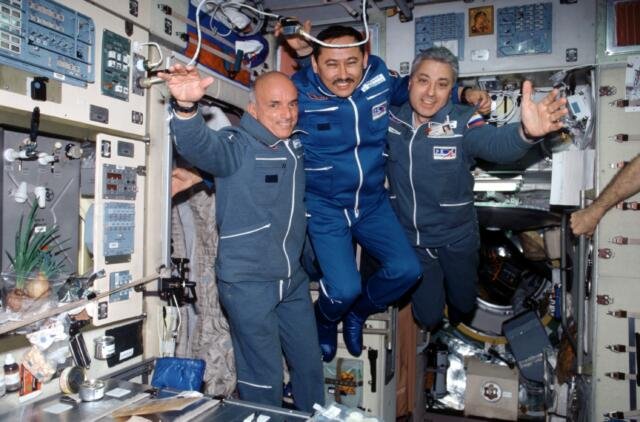
It all began in April 2001, when an American Businessman Dennis Tito went aboard the Soyuz TM 32 for his self-paid 20 Million USD trip to space, spending 7 days on the International Space Station.[1].
This event marked the dawn of space tourism, from 2001 to 2009, a total of 7 space tourists visited the ISS, after which the industry didn’t see much activity.
That is until September 2021, when SpaceX chartered the Crew Dragon spacecraft for orbital flights and the first ever all-civilian orbital mission around the earth, Inspiration4 was successfully carried out.
The mission carried 4 American citizens, commanded by Jared Isaacman, Sian Proctor, Hayley Arceneaux, and Chris Sembroski to orbit Earth for 3 days, they also raised over $240 million for St. Jude Children’s Research Hospital.
Space Adventure Ltd. the same “Space Tourism” Company that launched Dennis Tito and 7 other tourists from 2001 to 2009 into space, took Yusaku Maezawa for a 12-day trip to the ISS and returned to Earth on December 21st, 2021.
Space Tourism VS Space Exploration
There is a mutually beneficial relationship between space tourism and space exploration
Space exploration, which is about exploring undiscovered parts of our solar system, and finding faster, safer, and more efficient technology to reach these bodies in space, would drastically improve the scope and potential of space tourism.
Similarly, if space tourism improves, it would result in improved space technology since the potential revenue generated by space tourism would attract companies to invest in better spacecraft for space travel, which would be useful for scientific space exploration.
Difference between a “Space Tourist” and an “Astronaut”?
There is a lot of debate about whether space tourists qualify as astronauts, NASA astronauts go through intense training and require a lot of experience in their respective fields before they go on their expeditions.
However, only a few space tourists underwent proper astronaut training to prepare for their spaceflights.
For example, The Blue Origin NS-16 crew began training just 14 hours before their flights, whereas astronaut candidates go through 2 years of training and spend 30,000 hours on simulators. [2]
The Cambridge dictionary defines an astronaut as “a person who has been trained for traveling in space”. [3].
This means that a millionaire space tourist who is just doing it for fun would not classify as an astronaut.
According to The Outer Space Treaty, a primary space law, ‘Astronauts shall be regarded as envoys of mankind”.
This means that astronauts represent the entire humanity and they work for its benefit.
Axiom Mission-1, the first all-privately funded, private crew mission to the ISS, is an orbital spaceflight with a crew of 4 “astronauts’’(notice that we used the word “astronauts” in this case.)
Note that each of the crew members paid 55 million USD for their ticket to the ISS.
The crew stayed in orbit for 17 days and conducted 25 experiments on board the International Space Station.
We can consider this work to be beneficial for mankind, hence conclude that the crew members deserve to be considered astronauts.
The Axiom-1 mission astronauts also were eligible for The Rescue Agreement, a space law that states that the signed countries must help in the rescuing of astronauts during emergencies.
Blue Origin NS-16 had no significant scientific goal and was only a suborbital spaceflight that lasted for a mere 10 minutes and 10 seconds.
Hence, the crew of Blue Origin NS-16 does not qualify to be considered astronauts.
In a nutshell, the intention of the mission decides whether the crew qualifies to be astronauts or not.
Criticism of the term “Space Tourist”
Many private space travelers have criticized and seem to hate the term “Space Tourist”.
Richard Garriot, An American Game Developer who spent 12 days in space in 2008 aboard the Soyuz TMA-12 states that he would prefer the term “private astronaut” to “tourist”.
Russian cosmonaut Maksim Surayev told the press in 2009 not to describe Guy Laliberté, a Canadian billionaire entrepreneur as a tourist: “It’s become fashionable to speak of space tourists. He is not a tourist but a participant in the mission.”
Gregory Olsen, an American entrepreneur, engineer, and scientist who was the third private self-funded traveler to the ISS, prefers “private researcher”.
Anousheh Ansari, an Iranian American engineer, and co-founder of Prodea Systems prefers the term “private space explorer“.
NASA and the Russian Federal Space Agency distinguish between private space travelers and career astronauts with the official term “Spaceflight Participant”.
The US Federal Aviation Administration awards the title of “commercial astronaut” to trained crew members of privately funded spacecraft. So far, 30 individuals have received this award.
The first recipients of this award were Mike Melvill and Brian Binnie, who piloted the three SpaceShipOne flights that flew beyond 100 kilometers in 2004.
Analysis of Space Tourism Packages & Economy
The space tourism industry had a market value of 695.1 Million USD in 2022 and expects to have a compound annual growth rate of 40.2% from 2023 to 2030. [4].
The numbers are predicted to hit a billion US dollars in the coming 10 years.
These are influenced by some of the key reasons such as advancements in technology, the growing number of adventure tourists, the High Net Worth of Income individuals in the field of spaceflight, and increased focus on research and development activities by government and private research organizations.
In the current decade, space tourism may not be that prominent mainly because there aren’t many space tourism packages at affordable prices.
Companies like Virgin Galactic, SpaceX, and Boeing are working intensively towards making space tourism mainstream.
There are already space tourism packages out there by these companies which are described on their respective websites.
Cost Comparison of Regular Flights and Space Trips
- An average Business and economy class flight ticket from the Capital of India, Delhi to the Capital of the USA, Washington DC costs around 3,50,000 Rupees ( approx. 4375 USD) and 63,000 Rupees (approx. 787 USD) respectively. (prices may vary)
- And the cost of the cheapest space tourism package “Hot air balloon to stratosphere” for a single person which is offered by the Florida-based space tourism dedicated company Space Perspective costs a whopping 125,000 USD! [5].
- 29x more expensive than a business class flight ticket and 158x more expensive than an economy class ticket.
But let us be honest, despite their best efforts to make it as affordable as possible, it would still be way out of hand for ordinary people.
Space tourism will be a thing only for the billionaires (at least in its early days) but we should not ignore the fact that people will still be ready to go on these short trips.
When technology advances, the prices are predicted to drop relatively.
Future of Space Tourism – Making It Accessible
The Space Conundrum by Dr. Bill Gutman, the Director of Aerospace Operations of Spaceport American expresses the problem with the accessibility of space tourism aptly.
Space launches are expensive because the annual number is so low, the annual number of space launches is low because they are so expensive.
He compares the situation with the dawn of the computer era which had a similar situation.
Computer games brought a breakthrough in the sales of computers and gained the attention of buyers, this was possible due to the heavy investments that were put into computer games.
What could possibly be the thing that could bring a breakthrough and get more people to travel to space?
New attractions, newer experiences, and frequent “Billionaire travelers” would do the trick!
Critics question billionaires’ space travels, however, they overlook the positive impact it has on the industry’s expansion and the eventual possibility of space tourism for the common people.
Just like how heavy investments were laid to bring the computers to our desks at home at an affordable price, we would certainly appreciate wealthy people investing in space tourism.
Outer Space Attractions
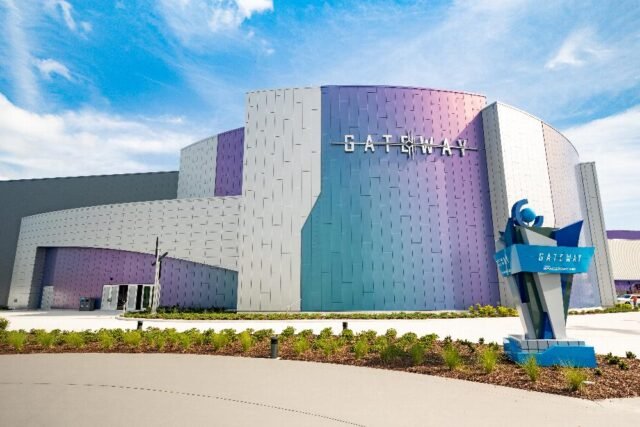
Gateway: The Deep Space Launch Complex is a space-themed attraction at the Kennedy Space Center Visitor Complex particularly focussing on the future of space exploration.
Gateway provides an immersive space–travel experience to visitors by offering 4 different ride themes namely Red Planet, Daring Explorers, Cosmic Wonders, and Uncharted Worlds.
Gateway also offers an opportunity to meet former astronauts and space pioneers.
The Apollo Center where the largest rocket ever to be flown “Saturn V” is exhibited along with the machines that helped NASA to accomplish the Apollo Program.
Attractions like Gateway are a great way to kindle interest and encourage en masse, people who are potential future space travelers.
Outer Space Hotels
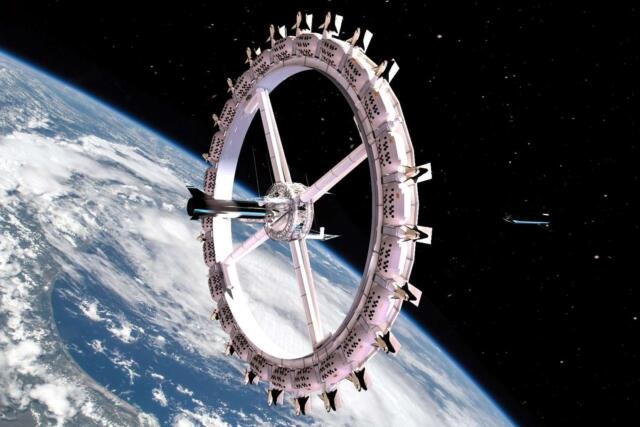
Orbital Assembly Corporation is a space station development company that aims to make stations orbiting throughout the solar system.
Orbital Assembly aims to make “The Voyager Space Station” to be the first commercial hotel in space by the year 2027.
The Voyager Station is a spinning wheel station that could accommodate 400 guests and would operate in lunar gravity which is 1/6th of Earth’s gravity.
The cost of a trip to Voyager is estimated to be 5 Million USD.
The passengers would have to undergo safety and physical training before boarding the shuttle for a three and half day trip to the station.

Orbital Assembly plans to launch another station named the “Pioneer Station” which can accommodate 28 guests and is expected to be operational by the year 2025.[6].
An overlooked aspect of the Space Tourism scenario is “Sex in Space“, no one knows the kind of behavioral changes that would take place among Space Tourists amid the rise of space tourism.
But certainly, uncontrolled human conception comes with a lot of biological and societal trouble.
Impact of Space Tourism on Climate Change
Why don’t you take a wild guess?
If you haven’t figured it out yet, the effects of Space tourism on Climate Change would be hazardous.
According to a 2010 study published in a Geophysical research letter, the commercial spaceflight age will skyrocket the pace of global warming.
The study found that 1000 suborbital hybrid rockets launched from a single launch site would release 600 tonnes of black carbon into the stratosphere.
This causes a layer of soot particles to accumulate at a particular place in the northern hemisphere and only 20% of the total carbon escapes into the southern hemisphere.
The unbalance within the hemisphere causes contrasting changes in temperature and the ozone layer.
What is Soot?
Soot is a general term that refers to impure carbon particles resulting from the incomplete combustion of a hydrocarbon.
The temperature in the poles would increase by 0.2 and 1°C (0.36 and 1.80°F) and would decrease by 0.4 °C (0.72 °F) in the tropics and subtropics.
The ozone layer will also take a toll: the tropic regions will take a 1.7% loss in their ozone cover whereas the polar regions will have an increase of 5-6% in their ozone cover.
Public Opinion on Space Tourism
Different people have different opinions on space tourism/space travel/space exploration.
One group of people argues that the money spent on space activities could be used to address the problems on Earth.
Another group of people has the opinion that it is essential to continue space exploration for the ultimate survival of our species.
According to a survey published by Statista Research Department, as of September 2021, 49% percent of American adults would travel to space if money wasn’t an issue and 51% would not travel to space even if money wasn’t an issue[7].
Another survey was conducted by pewreasearchcenter.com back in 2018 which evinced that 58% of Americans would not travel to space due to the following reasons:
- 28% think it would be too expensive
- 28% think it would be too scary
- 28% feel that their age won’t allow them to do it
- 16% due to other reasons
However, roughly 72% of Americans say it is essential for the U.S. to continue to be a world leader in space exploration.
It is important to notice that the majority of Americans do not feel that space exploration should be the top priority of NASA.
63% of people feel that NASA should prioritize monitoring key parts of the Earth’s climate system.
While 47% of people think that they should conduct scientific research to expand their understanding of space.
62% of people suggest that NASA should monitor hazardous asteroids that could hit the Earth.
A mere 13% think that NASA should send astronauts to the moon. [8].
Recommendations:
Dr. Bill Gutman, “How we can make space travel more accessible“, TEDxABQ
References
- Francesca Street, First space tourist Dennis Tito: ‘It was the greatest moment of my life’, CNN, July 20, 2021, “After Tito’s historic 2001 flight, seven other private citizens traveled to space – also coughing up millions to do so – via space tourism agency Space Adventures, with travelers transported on Russian Soyuz spacecraft to the ISS”, https://edition.cnn.com/travel/article/space-tourism-20-year-anniversary-scn/index.htmlJuly[↩]
- Astronauts in Training, NASA, 27 May, 2004, “It can take up to two years of training to become a fully qualified astronaut. Candidates must learn the basics of the Space Shuttle and the International Space Station. They must also learn how to be part of a team by flying the NASA T-38 training jets.”, https://www.nasa.gov/audience/forstudents/5-8/features/F_Astronauts_in_Training.html[↩]
- The Cambridge Dictionary, Definition of “Astronaut”, “a person who has been trained for traveling in space”[↩]
- Space Tourism Market Size, Share & Trends Analysis Report By Type (Orbital, Sub-orbital), By End Use (Government, Commercial), By Region, And Segment Forecasts, 2023 – 2030, Grand View Research, “The global space tourism market size was valued at USD 695.1 million in 2022.”, https://www.grandviewresearch.com/industry-analysis/space-tourism-market-report[↩]
- Tony Ho Tran, Here’s What a $125,000 Luxury Balloon Ride to Space Gets You, The Daily Beast, May 06, 2022, “That’s the case with Space Perspective, a company that plans to use balloons to send people to space… sort of.”[↩]
- Robin Fearon, Space Hotel Built for Luxury and Research in Low Earth Orbit by 2027, Discovery, January 11, 2022, “Voyager Station is scheduled to be operational by 2027 and will offer $5 million luxury suites, fine dining, and live shows to space tourists.”[↩]
- Space tourism – statistics & facts, Statista, June 28, 2022, “As it stands, the market is still young and developing. When surveyed in 2021, adults in the United States believed that private companies focused on space exploration will become profitable in the next ten years.”[↩]
- Majority of Americans Believe It Is Essential That the U.S. Remain a Global Leader in Space, Pew Research Center, June 6, 2018, “Despite the increasing role of private companies in space exploration, most believe NASA’s role is still vital for the future”[↩]
